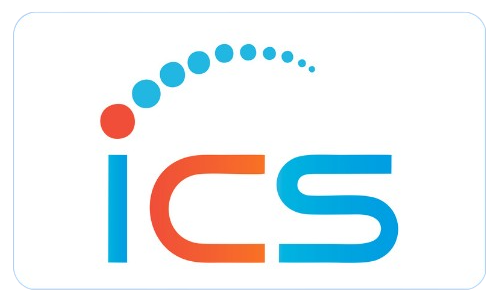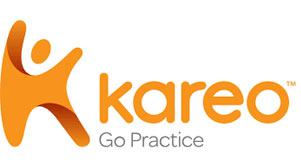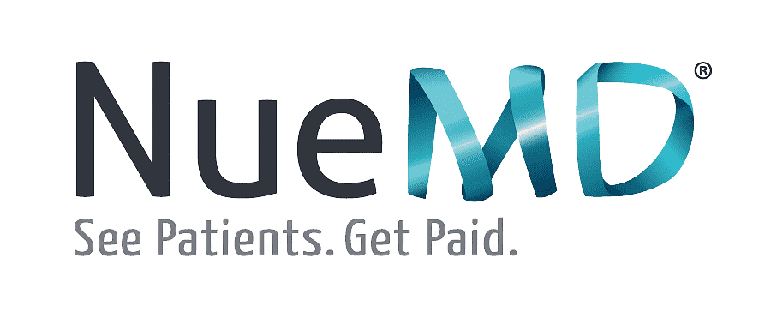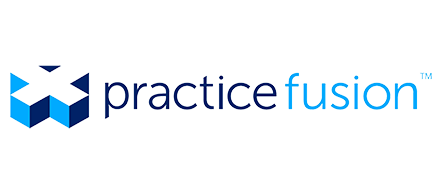The healthcare industry has always faced challenges in managing resources efficiently. With rising costs, evolving regulations, and increasing patient demands, it’s crucial to find solutions that ensure both operational efficiency and financial health. One powerful strategy that medical practices can adopt is the Full-Time Equivalent (FTE) model. This model is designed to optimize workforce management and streamline costs, making it highly beneficial for Healthcare Practices. Leveraging an Offshore Medical Billing companies FTE outsourcing at just $7.5 per hour, can revolutionize the way medical practices handle their administrative and financial operations, leading to better outcomes and cost savings.
What is the Full-Time Equivalent (FTE) Model?
The FTE model standardizes employee workload measurement, regardless of whether employees work full-time or part-time. Each employee is assigned an FTE value based on hours worked, making it easier to determine staffing needs. A full-time employee, typically working 40 hours per week, equals 1 FTE. Part-time employees are assigned a fraction of an FTE. For example, an employee working 20 hours a week is 0.5 FTE.
This model helps practices align labor costs with actual workload demands, preventing overstaffing and underutilization. For outsourced medical billing services, the FTE model ensures optimal support without unnecessary costs.
How FTE Is Calculated
FTE is calculated using the formula: total hours worked divided by full-time hours (typically 40 hours per week). For instance, if an employee works 30 hours per week, their FTE is 30 ÷ 40 = 0.75 FTE. This helps practices determine the right amount of staffing needed to meet patient demands while controlling labor costs.
The Benefits of the FTE Model for Medical Practices
Adopting the FTE model offers several advantages:
- Cost Efficiency: The FTE model helps avoid unnecessary labor costs by aligning staffing levels with workload requirements. Practices can pay only for the hours needed, preventing overstaffing and overtime costs, which is especially beneficial for smaller practices with limited budgets. Outsourcing specific roles, such as medical billing services, allows practices to pay only for work performed.
- Improved Workforce Management: The FTE model aids in managing the workforce by balancing the workload between full-time and part-time employees. This prevents overburdening or underutilization, leading to improved employee satisfaction, reduced burnout, and increased productivity.
- Flexibility in Staffing: The FTE model provides flexibility, allowing practices to adjust staffing levels based on patient volume or seasonal changes. For example, during high-demand periods, practices can temporarily increase FTEs without committing to permanent hires.
- Scalability: As practices grow, the FTE model offers a scalable solution for managing staffing needs. Whether expanding services or opening new departments, the FTE model helps determine the additional workforce required without exceeding the budget.
- Quality of Patient Care: Proper staffing levels ensure timely and attentive patient care. The FTE model balances staffing to avoid long wait times and high operational costs, maintaining high-quality care while ensuring financial sustainability.
Implementing the FTE Model in Medical Billing Services
To effectively implement the FTE model in medical billing services, follow these steps:
- Assess Current Billing Needs: Analyze your billing structure, including staff workload, claims processed, and hours spent on billing tasks. This assessment provides a baseline for calculating the required FTE for your billing department.
- Calculate the Right FTE for Billing Services: Use the FTE formula to determine the ideal number of billing staff based on your practice’s needs. For instance, a part-time biller working 20 hours a week equals 0.5 FTE. Practices with high claim volumes may need multiple billers.
- Outsource Medical Billing Services Using FTE: Outsourcing medical billing services is a practical way to implement the FTE model. An FTE-equivalent outsourced service provides a dedicated billing team that works as an extension of your staff, allowing you to pay only for hours worked and reducing costs while ensuring efficient claim processing.
Overcoming Common Challenges in FTE Implementation
Implementing the FTE model can present challenges:
- Resistance from Staff: Employees may resist changes in work schedules or job security. Clear communication about the benefits of the FTE model, such as improved work-life balance and optimized workloads, can help address concerns.
- Difficulty in Calculating FTE Needs: Accurately calculating FTE requirements can be challenging. Using time-tracking software to monitor hours and automate FTE calculations can reduce errors and simplify the process.
- Balancing FTE with Patient Care: Ensuring adequate staffing while maintaining high-quality care can be difficult. Continuously monitor patient volume and adjust FTE levels as needed to ensure patients receive the care they need without overburdening staff.
Conclusion: Embracing the Full-Time Equivalent (FTE) Model for Medical Billing Success
The Full-Time Equivalent (FTE) model offers a powerful solution for medical practices looking to streamline operations, reduce labor costs, and improve staff productivity. By leveraging FTE outsource medical billing services at just $7.5 per hour, practices can achieve optimal performance without sacrificing the quality of patient care. As the healthcare industry continues to evolve, implementing the Full-Time Equivalent (FTE) Model For healthcare Practices is a forward-thinking strategy that can provide lasting benefits for both small and large practices alike.
Discover how Info Hub Consultancy Services can help you streamline your medical billing operations with our FTE model solutions at just $7.5 per hour! Contact us today at +1 (888) 694-8634 / 0422 4212 455, or email us at inquiry@infohubconsultancy.com.



























